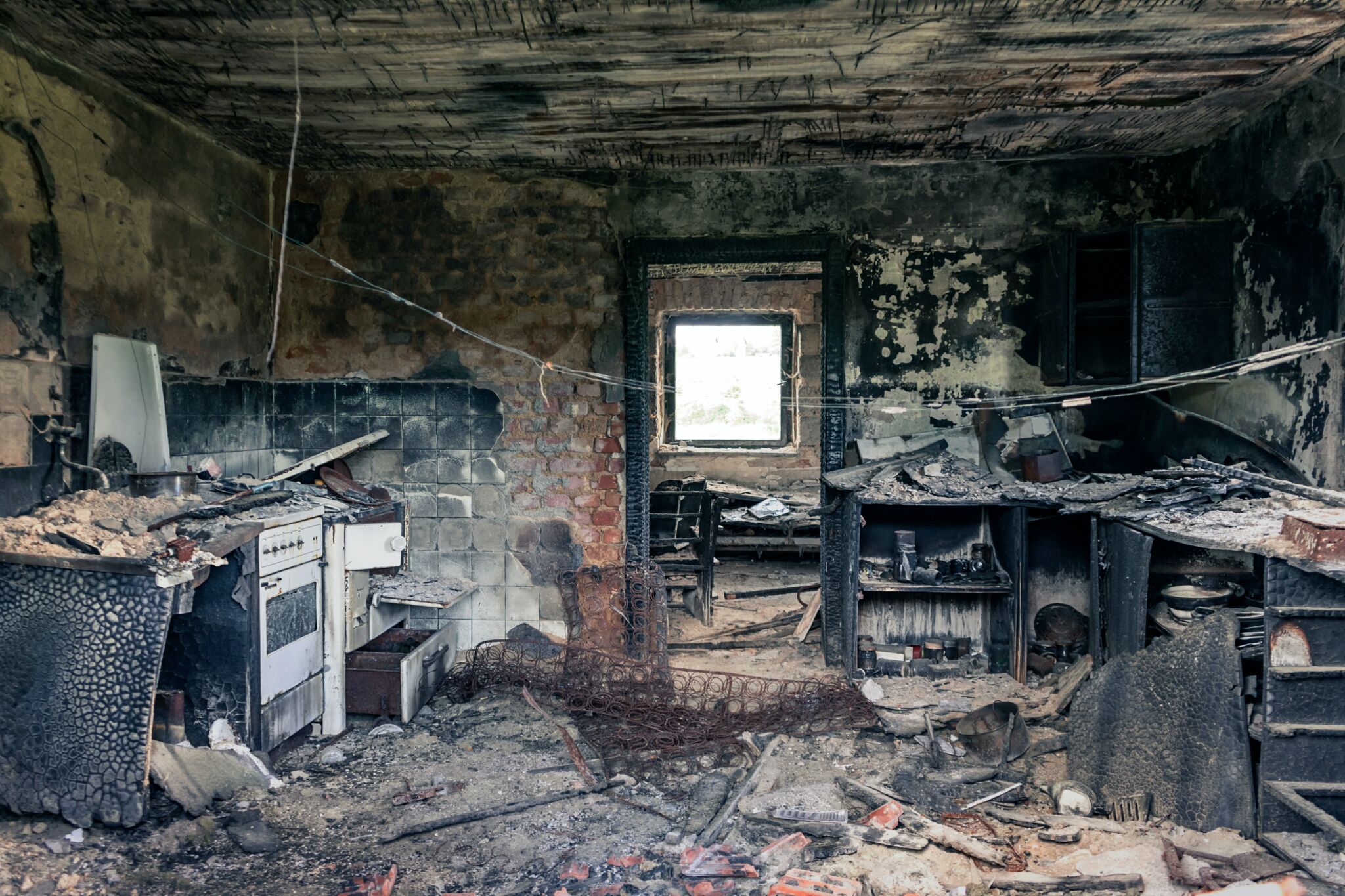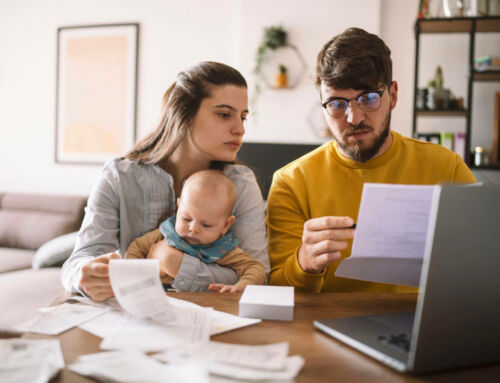
Make fire safety a priority in your home
QFES firefighters attend thousands of preventable house fires each year across Qld. The loss of life through fire is devastating and has far-reaching effects for families and communities.
With the recent drop in temperature and a couple of total-loss fires in our community, it’s a timely reminder to make fire safety a priority. Prevention is the best defence against household fires. A house fire can move fast and fill a house with toxic smoke, so having working smoke alarms and a well-practiced fire escape plan all help to save lives.
Here’s 3 simple steps to help protect your household from fire.
Step 1 – CHECK your smoke alarms work
Working smoke alarms do save lives. When was the last time you checked yours?
Checking and testing smoke alarms in your home and keeping them clean is an effective first step…BUT did you know that legislation from Jan 2017 states that, if the smoke alarm in your property is more than 10 years old, it must be replaced. As part of that first step, check the date of manufacture on your smoke alarm to see when it was made. If it’s more than 10 years old (before April 2013) then it will need to be replaced under the current legislation. If your smoke alarm doesn’t operate when tested, it must be replaced immediately. Existing hardwired smoke alarms that need replacement must be replaced with a hardwired smoke alarm.
From 1 Jan 2017, landlords have also had an obligation to install a working smoke alarm in a property and tenants have had an obligation to make sure it’s tested and continues to be in working order at least once every 12 months.
From 1 Jan 2022, smoke alarms in a dwelling must:
- be photoelectric (AS 3786-2014); and
- not also contain an ionisation sensor; and
- be less than 10 years old; and
- operate when tested; and
- be interconnected with every other smoke alarm in the dwelling so all activate together.
Smoke alarms must be installed on each storey:
- in each bedroom; and
- in hallways which connect bedrooms and the rest of the dwelling; or
- if there is no hallway, between the bedrooms and other parts of the
storey; and - if there are no bedrooms on a storey at least one smoke alarm must be
installed in the most likely path of travel to exit the dwelling.
Smoke alarms must be hardwired or powered by a non-removable 10-year battery, or a combination of both may be allowed.
There are also prescribed locations for installing smoke alarms. You can find them here.
Step 2 – Conduct a home fire safety audit & test and clean your heating equipment
Take stock of the current fire dangers in your home with a fire safety audit. This will help you minimise risk and put plans in place for what to do in the event of a fire. When conducting an audit, you’ll need to look inside and outside the house and not just problem areas.
Keep an eye on your cooking. Never leave cooking unattended. Cooking fires are the most common cause of residential fires. Have an extinguisher or fire blanket installed ready for use in an accessible position, close to the kitchen exit.
Regularly clean your clothes dryer. Clean the lint out from the filter/s in the dryer. Don’t leave the home or go to sleep with the clothes dryer on. Always make sure that the clothes dryer goes through the full drying cycle, which includes the cool down stage.
Check and test electrical appliances that have been stored for long periods of time and also frequently used appliances. Don’t use any electrical appliance if the cords are frayed or worn. Avoid overloading power boards with electrical appliances.
Your oil and gas heaters may also be due for a maintenance check. Screen and clean your open fireplace. If you have a fireplace, ensure fire screens are always in position. All solid fuel heaters should have chimneys cleaned annually. A regular maintenance check will ensure that they are in good condition, efficient and safe.
Check the outside of your home for any increased risk or danger from fire.
- Clear gutters and roof of leaves, twigs, bark and other debris. Consider installing gutter guards.
- Enclose open areas under decks and floors.
- Install steel wire mesh screens on windows, doors, vents, and weep holes.
- Point LPG cylinder relief valves away from your house.
- Check and maintain firefighting pumps, generators, and water systems.
- Seal gaps in external roof and cladding.
- Remove flammable items away from your home (such as woodpiles, mulch, boxes, hanging baskets, and outdoor furniture).
- Reduce vegetation along access paths.
- Mow your lawn regularly.
- Remove excess flammable materials such as long dry grass, dead leaves, and branches.
- Trim low-lying branches around your home to a height of two metres from the ground.
Step 3 – Have a fire safety plan & practice so everyone knows their role
While prevention is the best way to avoid a fire, having a plan in place will allow you to act quickly in the event of an emergency. Walk around your house and
Keep fire extinguishers and fire blankets within easy, such as beside the stove or oven in the kitchen. It’s also important to talk to your family about fire/ hazard risks and what to do in the event of a fire, such as staying low to the ground and organising a safe place to regroup outside the property.
Queensland Fire and Emergency Services have some great information on their website to assist you prepare and stay safe during a fire emergency.
Remember:
- Never leave candles, cooking or open flames unattended.
- Don’t store flammable items near your cooktop.
- Be careful of loose-fitting clothes near heaters and stoves.
- Make sure heaters and power cords are not a tripping hazard.
- Keep portable heaters away from curtains, tablecloths and bedding.
- Check gas appliances regularly.
- Clean your dryer filter every time you use it.
- Don’t overload power points and switch them off when not in use.
- Never smoke in bed.
- Place screens in front of open fires.
- Be extremely cautious when using candles
- Lithium-ion battery devices such as e-scooters and e-bikes may catch fire or explode if not charged and stored properly.


